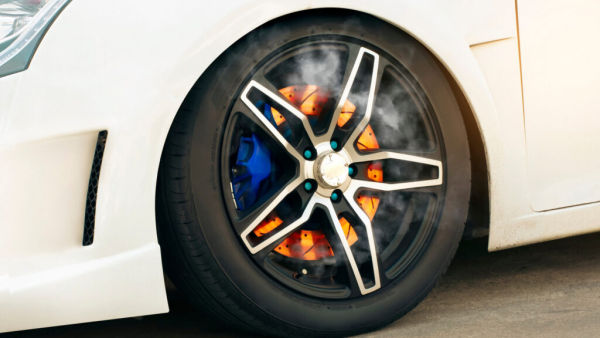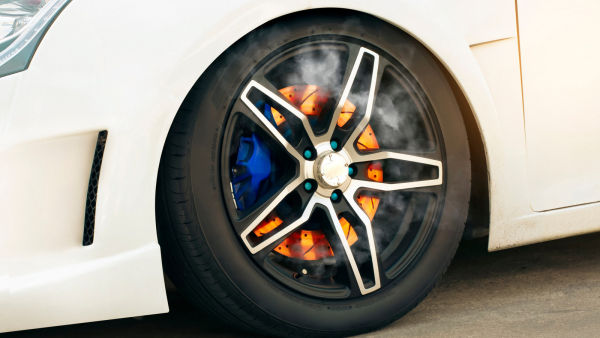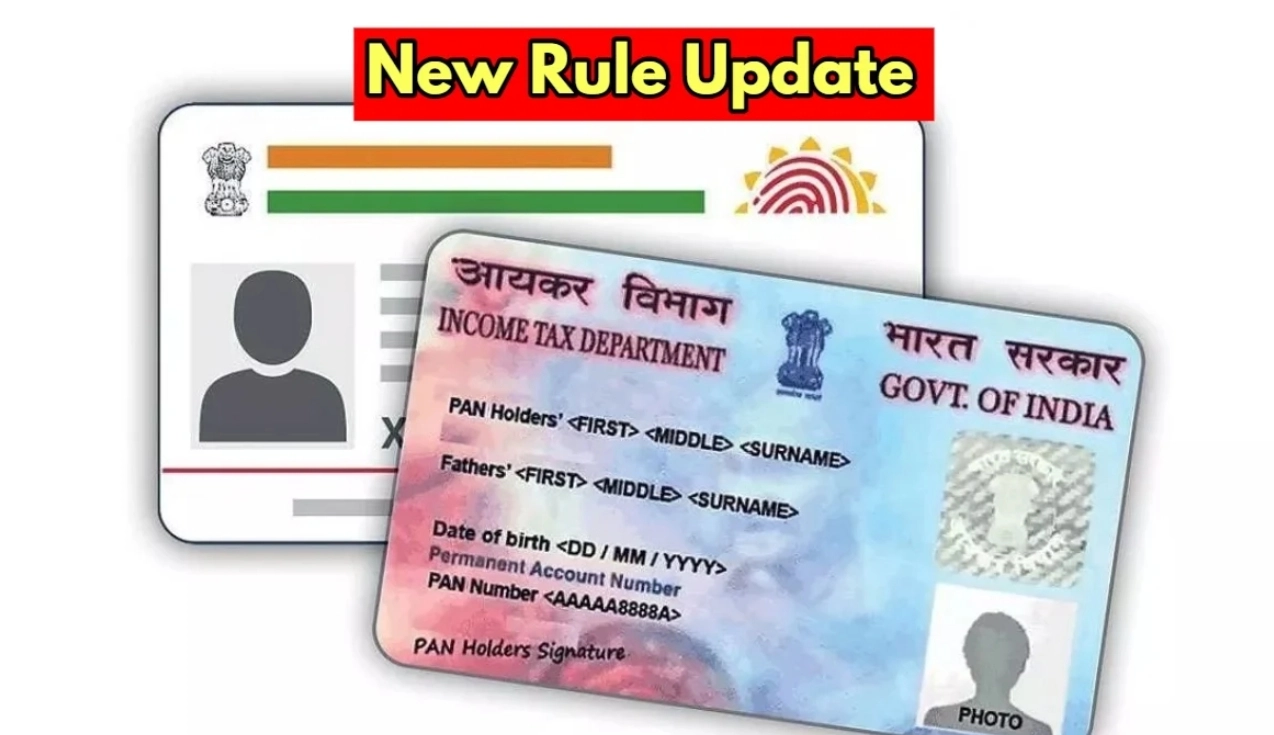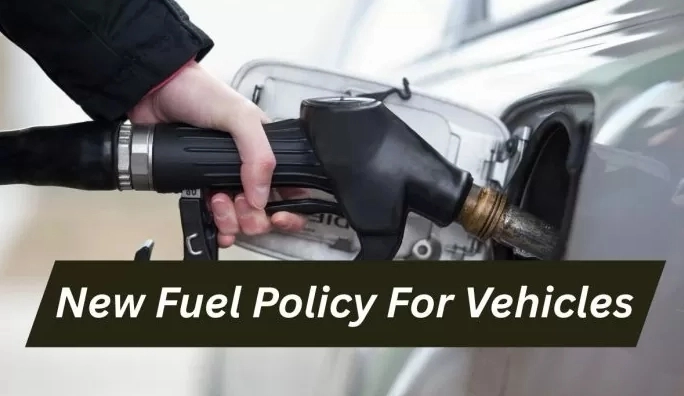Brakes locking up without warning? Congratulations, you’ve just experienced the automotive equivalent of your pants getting caught on a doorknob. One minute you’re cruising along, singing off-key to your favorite song. The next your car decides to stop like it just remembered it left the oven on. Maybe it’s a dramatic screech. Or perhaps it’s a stubborn drag. But one thing’s for sure: Your brakes are throwing a tantrum, and you’re stuck playing detective.
Don’t panic. Whether it’s a case of crusty calipers (they’re basically the grumpy old men of your braking system) or your ABS module going rogue (because computers love a little rebellion), there’s a reason behind the chaos. And each issue leaves little clues, whether it’s a weird smell, a sudden pull to one side, or that lovely grinding sound that makes you question all your life choices. The trick is knowing what to look for before a small problem turns into a full-on roadside meltdown. So, without further ado, meet the brake bandits and learn how to bust them.
Driver error
Let’s start with the uncomfortable truth. Sometimes the problem isn’t your car — it’s you. Picture this: You spot a squirrel with a death wish and channel your inner action hero, slamming the brake pedal like you’re trying to crush the last bug on Earth. Your ABS jumps in, trying to fix the mess your foot just made. It’s like using a flamethrower to light a candle. Effective? Probably not. Overkill? Absolutely.
Or if you learned to drive in your dad’s ’84 Buick, old habits die hard, like pumping the brakes out of instinct. But modern ABS already handles that for you. It reacts faster than any human foot, so your frantic pedal work just gets in the way. Then, there’s the classic move of riding the brakes downhill, as if gravity might suddenly give out. All that does is slowly roast your brake system until it can’t handle real pressure. So, how do you know it’s driver error? If your brakes only act up when you’re heavy-footed, but everything else feels normal — no weird smells, noises, or flashing warning lights — your brakes are doing their job. You may only need to ease up and trust them a little more.
Rust buildup
If you live anywhere with a good amount of rain, snow, or even just some morning dew, you’re probably familiar with rust. Your brakes are no strangers to this reddish-brown menace. Brake rotors and drums are made of metal, and metal plus moisture plus time equals rust. It’s like a really annoying math equation that always adds up to problems. When rust builds up on your rotors or inside your drum brakes, it creates an uneven, rough surface. Instead of smooth, controlled stopping, you get that delightful jerky, grabby feeling that makes your passengers question your driving skills.
You’ll usually notice rust- brake lock-up after your car’s been sitting for a while. Maybe after a vacation or on a damp morning. The brakes might grab when you first use them, sometimes with a lovely grinding sound that’s a mix between metal-on-metal and nails on a chalkboard. Light surface rust often wears off after a few gentle stops. But if it’s thick enough to cause locking, you’re likely looking at rotor resurfacing or replacement. The best fix? Prevention. Drive regularly, and avoid letting your car sit in damp or humid conditions for too long.
Seized caliper
Meet the drama queen of your braking system: the seized caliper. It’s supposed to squeeze your brake pads against the rotor when you hit the brakes, then back off when you’re done. Simple, right? But sometimes calipers get stuck and refuse to release their grip on the rotor. The culprit can be corroded brake caliper pistons, gunked-up slide pins, or just old age.
Whatever the cause, a seized caliper announces itself with all the subtlety of a fire alarm. Your car will pull aggressively to one side during braking. You’ll smell something burning (yup, it’s your brake pads). And one wheel will be hot enough to warm your hands on a cold day. Don’t forget the bonus soundtrack of scraping noises even when your foot isn’t anywhere near the brake pedal.
This clingy caliper situation can play out in a couple of ways. Sometimes, a good cleaning and some fresh lubricant can convince it to chill out and start behaving normally again. But if it’s really committed to its stubborn ways, you’re looking at a full caliper replacement. Even worse, if you let it go too long, it can destroy the rotors and pads, turning a single repair into a full-blown brake system overhaul.
Broken return spring
Your drum brakes work on a simple principle: Springs yank everything back when you let off the pedal. But when a return spring snaps or gets lazy, your brake shoes decide they’re quite cozy where they are, thanks very much. Suddenly, your car feels like it’s dragging an anchor, with all the grace of a shopping cart with a bum wheel. Then there’s the screech-scrape-screech symphony every time you move, like a rusty gate in a horror movie. And if you’re really lucky, that wheel will be hotter than a sidewalk in July. Want proof? Crack open the drum and admire its new overheated blue patina.
You might as well because fixing it means wrestling open the drum brake anyway (spoiler: It’s always a rusty mess). Just be sure to do yourself a favor and grab a set of brake spring pliers, unless you enjoy bleeding knuckles. While you’re in there, check the rest of the hardware. If one spring quit, the others might be plotting their escape, too. And if everything looks like it’s been through a demolition derby? It might be time to replace the whole setup and save yourself the headache.
Stuck proportioning valve
Your car’s proportioning valve is like the referee of your brake system, calling the shots on how much pressure goes to the front wheels versus the rear. Since most of your stopping power comes from the front (thanks to weight shifting forward), the valve makes sure the rear brakes don’t overdo it and throw the whole team off balance. But when this little ref gets stuck all bets are off. If it sends too much pressure to the rear, those wheels can lock up with barely any pedal pressure, turning a normal stop into a surprise skid. If it blocks pressure to the back entirely, your front brakes get overwhelmed, doing all the work while the rears just phone it in.
At first, the symptoms might be subtle. Your car might feel a little weird when braking. Maybe the rear feels floaty, or your stops take longer than usual. But as the valve sticks more, the signs get louder: grabby rear brakes, unpredictable stops, or a sudden pull that makes every red light feel like a trust exercise. Before you replace anything, have a helper pump the brakes a few times while you fiddle with the valve adjustment. Sometimes, that’s all it takes to knock it loose. If that doesn’t work, a full brake fluid flush might do the trick, but if the valve’s truly seized solid it’s replacement time.
Faulty ABS module
Your anti-lock brakes (ABS) are your car’s overly helpful safety buddy. When working right, the module senses when your wheels are about to lock up and rapidly pulses the brakes to keep you rolling instead of sliding. But when this electronic helper decides to have a breakdown, things get weird fast. It might think your wheels are always about to lock up, so it starts pulsing the brakes during perfectly normal stops. Or it could get completely confused and lock up the brakes itself, basically doing the exact opposite of what it’s supposed to do.
ABS modules can fail in two ways: 1) The computer parts can go haywire, or 2) the mechanical bits inside can wear out. Either way, you’ll definitely notice when your ABS module has a problem. Your brake pedal might pulse during normal stops, feel spongy, or make weird clicking sounds. Sometimes your car will pull to one side, or the pedal might feel rock-hard one day and mushy the next. The most obvious clue is usually that ABS warning light glaring at you from the dashboard. If your brakes start acting like they have multiple personalities and that little ABS light decides to join the party, it’s time to get professional help for your little friend.
Contaminated brake fluid
Brake fluid is the behind-the-scenes MVP of your braking system. It takes the pressure from your foot and delivers it to the brakes at each wheel. When it’s fresh and clean, everything works like it should. But once it gets dirty, all that goes out the window. The problem is that brake fluid loves to soak up moisture from the air. Over time, that water messes everything up, lowering the fluid’s boiling point and causing air bubbles. And it doesn’t stop there. Old fluid turns acidic and starts eating away at rubber seals and metal parts, setting your brake system up for failure from the inside out.
Bad brake fluid usually makes itself known through your brake pedal. It might feel soft or sink too far. Your stopping power might shift from strong to weak with no warning. In bad cases, your brakes might lock up out of nowhere or stop working altogether. You can confirm the problem by checking the brake fluid reservoir. Fresh fluid should be clear or light amber, but contaminated fluid turns green, dark brown, or black. You might also spot particles floating around or catch a whiff of something burnt. The solution is simple: Flush your brakes every two years. It’s the cheapest brake insurance you’ll ever buy.
Sticky e-brake mechanism
Your emergency brake is supposed to keep your car parked, not slow you down when you’re just trying to go to the store. But when the mechanism gets stuck, it might not get the memo that you’re done parking. Why does this happen? Three culprits: water, dirt, and road debris. Together, they can turn your smooth-sliding e-brake cables into crusty, stubborn troublemakers. That nice, easy release? Gone. And if the brake parts at your wheels decide to join the protest, they might stay clamped shut no matter what you do.
You’ll notice something’s wrong if your car feels slow or harder to move, like you’re dragging something behind you. After driving, touch the rear wheels (carefully, they might be hot). If they’re hotter than the front wheels or you smell something burning, your e-brake may be stuck. You may be able to fix it by working the release lever while gently rocking the car back and forth. If not, you might need to clean and lubricate the cables or replace them entirely to get your car moving freely again.
Improper pushrod adjustment
Your brake pushrod is the behind-the-scenes middleman between your foot and your master cylinder. Its one job is to take the pressure from your brake pedal and pass it along so your car stops on demand. When it’s adjusted just right, it’s invisible. When it’s not, your whole brake system gets moody. If the pushrod is too long, it keeps pressure on the master cylinder, even when you’re not touching the brake. That means your brakes are always slightly engaged, causing drag, heat, and that sluggish “why does my car feel like it’s working against me?” vibe.
Too short, and it’s the opposite problem. You get extra free play in the brake pedal, like you’re pressing into thin air before anything happens. That delay between pressing the pedal and feeling the car slow down is a bad feeling to have during a panic stop. Pushrod issues often pop up after brake work, when something doesn’t get reassembled quite right. Or they sneak in over time as parts wear and shift. In any case, get it checked sooner rather than later, preferably by a mechanic. You can technically do it yourself if you know how to measure the correct clearance. But getting it even slightly wrong can cause more harm than good.
Collapsed brake hose
Brake hoses are the flexible rubber lines that carry brake fluid from the hard metal lines to your calipers or wheel cylinders. They’re built to flex with your suspension, but after years of heat, pressure, and weather, they can start to break down from the inside out. The tricky part? A collapsed brake hose usually looks fine on the outside. But inside, the lining can degrade and fold in on itself, creating a blockage. Then, it works like a one-way valve. Brake fluid goes in when you hit the pedal (because pressure forces it through), but it can’t come back out when you let off.
You’ll know something’s off when the car pulls to one side, one wheel gets hot, or it feels like you’re driving with a parking brake half on. Sometimes the symptoms fade once things cool down, making it easy to misdiagnose as a sticky caliper. The fix? Replace the hose. It’s as simple as that. And since brake hoses tend to age together, it’s smart to swap them all out at once. Waiting for the next one to fail is basically brake system roulette. And that’s one game you really don’t want to play.
Brakes locking up? Now you know where to look
You now know where to look when your brakes acting up. And perhaps more importantly, you know you’re not going crazy when your car starts acting like it has commitment issues with forward motion. Whether your brakes are locking up because of a seized caliper throwing a mechanical tantrum, contaminated brake fluid having an identity crisis, or your ABS system deciding to go full rebel without a cause, at least now you’ve got a roadmap to figure out what’s going wrong.
Don’t ignore the signs. That weird grinding noise isn’t your car’s attempt at beatboxing, and that sudden pull to the left isn’t your vehicle’s way of suggesting a scenic detour. These are your brakes’ way of saying, “Hey, we need help here!” And you can bet that they’re not the type to ask nicely twice. The good news is that most brake problems are totally fixable once you know what you’re dealing with. The even better news? Now you can impress your friends with your newfound brake knowledge at parties. Just don’t be surprised when they suddenly remember they have somewhere else to be.






